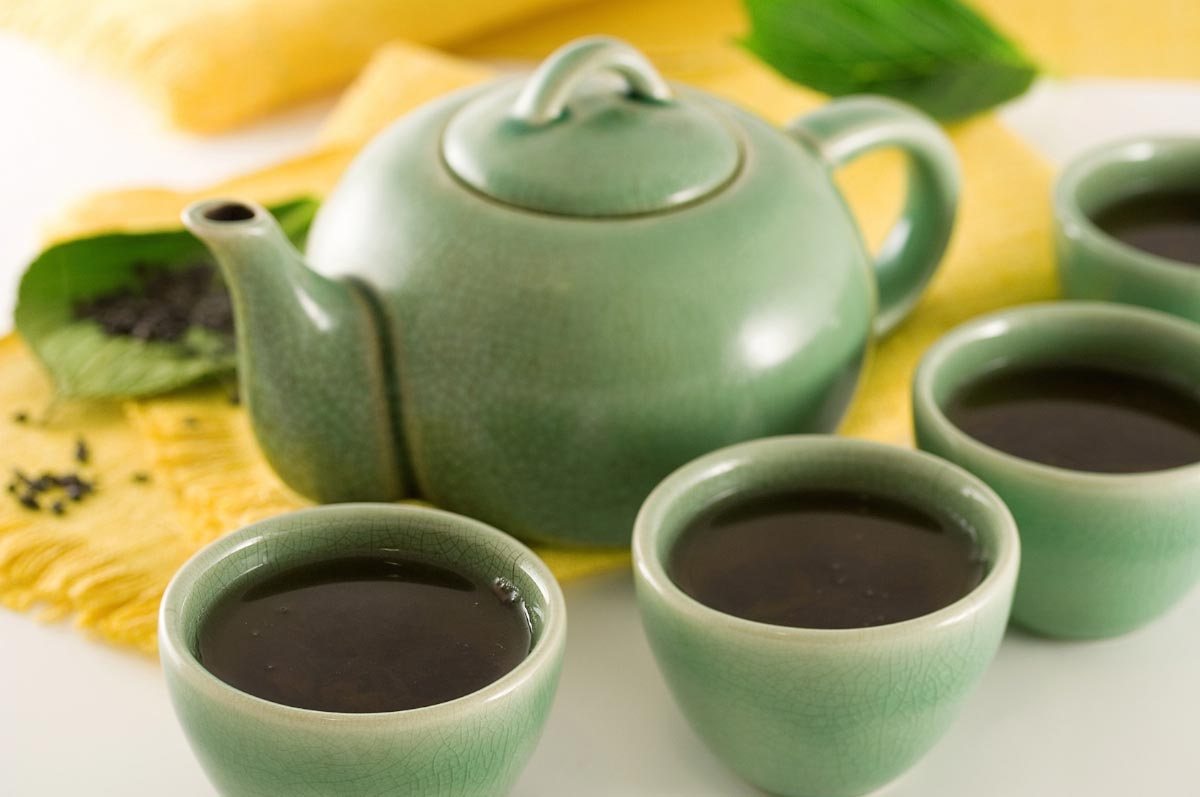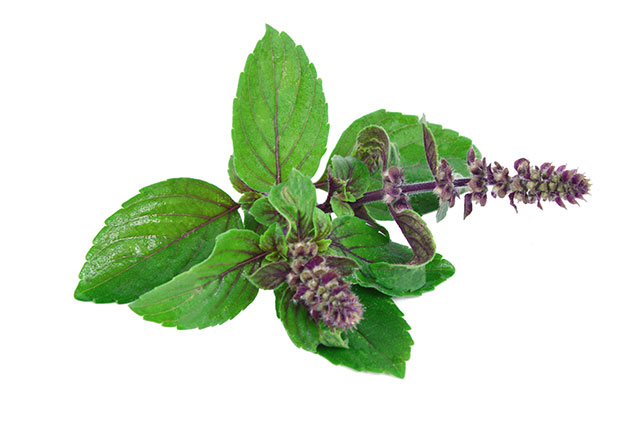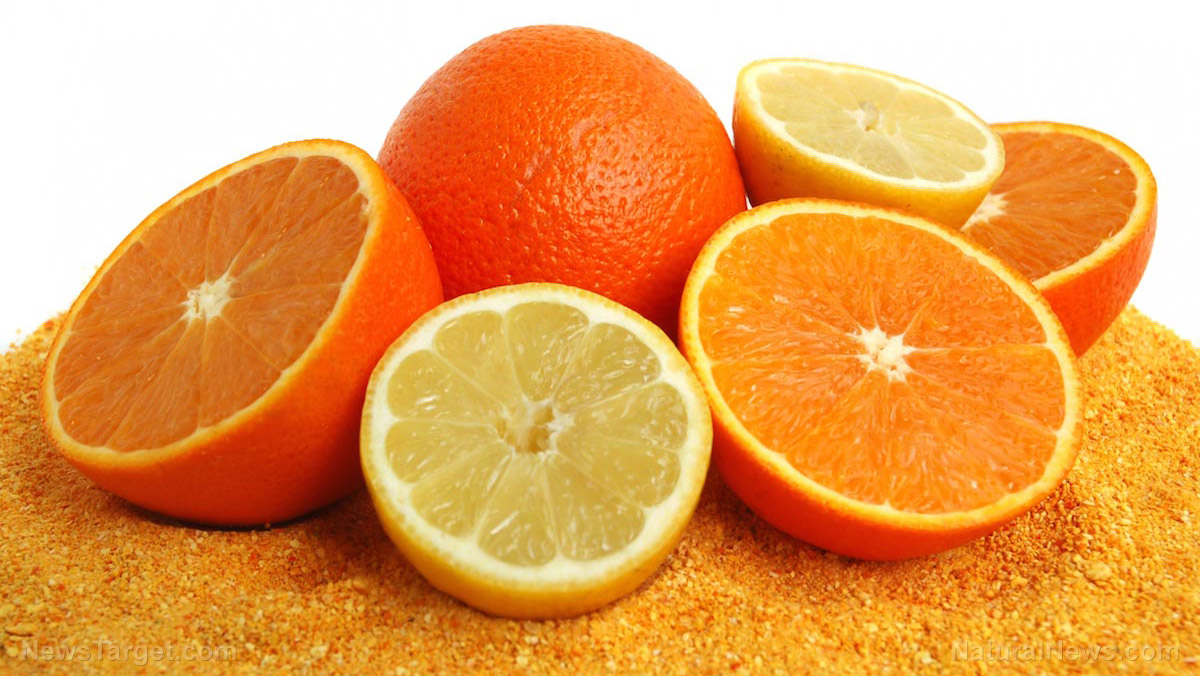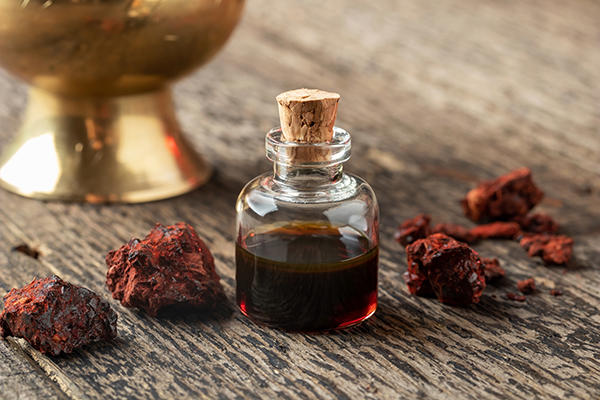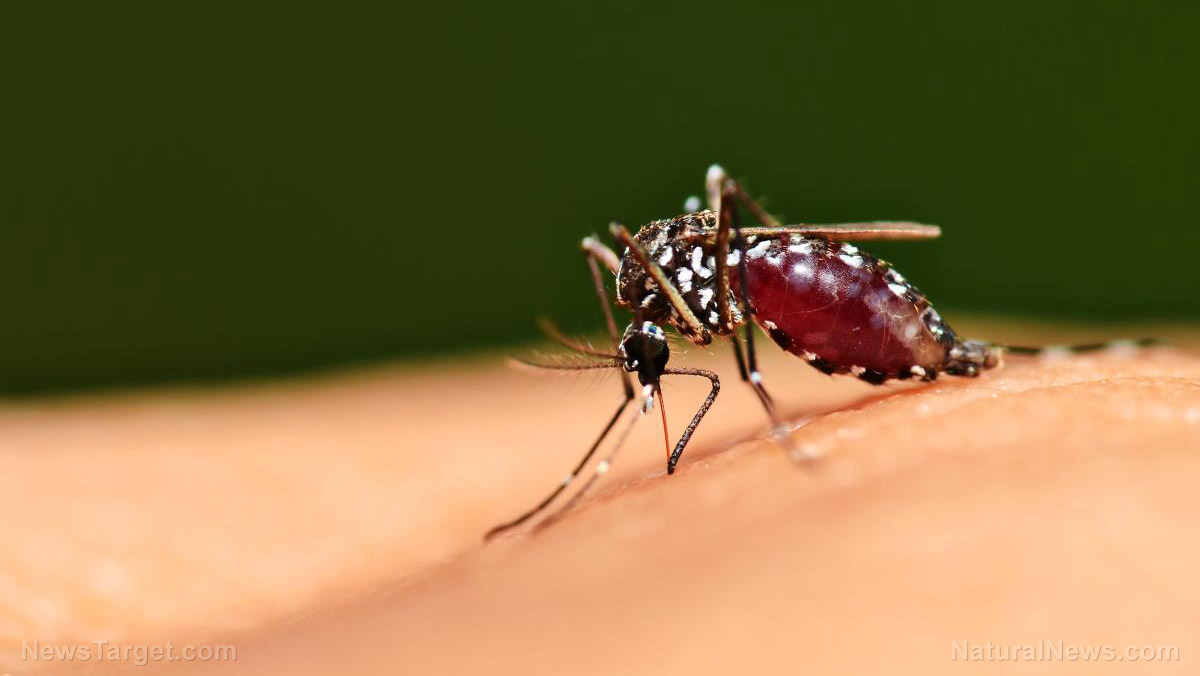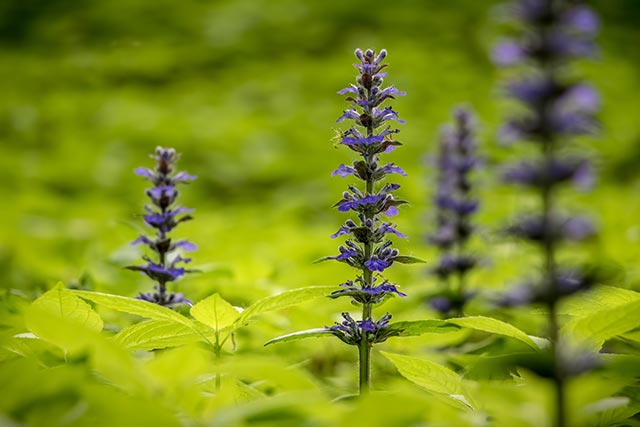How to identify and grow ironweed, a medicinal plant
07/14/2020 / By Zoey Sky
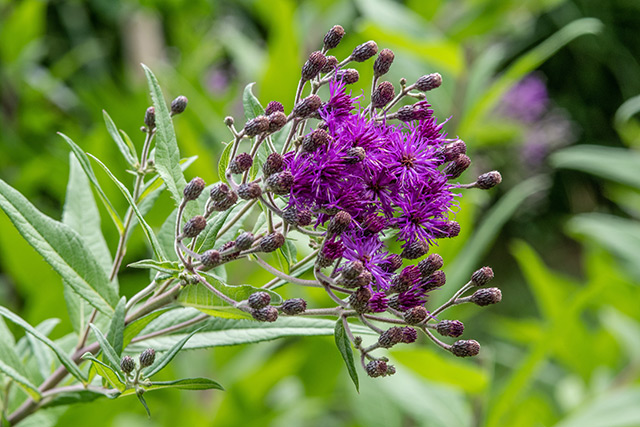
Ironweed is considered an eyesore in carefully manicured gardens, but people who know their medicinal plants treasure it as a natural remedy for digestive problems and menstrual pains.
Learning how to identify and grow this useful plant ensures that you have access to a medicinal herb right in your backyard. (h/t to SurvivalSullivan.com)
Medicinal uses of ironweed
Ironweed, which gets its name from its hardiness, has been harvested for its medicinal properties for centuries. The plant has a strong and flexible stem, and it can grow even in adverse growing conditions.
In the U.S., the most common variety of ironweed is tall ironweed (Vernonia gigantea), which bears lots of brightly colored purple flowers. You can find ironweed in ditches, fields and pastures in many parts of the country.
Ironweed thrives in full sun areas in moist soil, but it can grow in partial shade and in dry or rocky ground. The seeds can be harvested during the early weeks of fall, or you can buy ironweed seeds online.
Ironweed leaves and roots are often used to make a healing tea. Tea made from the plant’s leaves is used to treat monthly menstrual problems and pain, as well as post-partum bleeding. Meanwhile, tea made from ironweed root can relieve fever, hemorrhaging and stomach ulcers. (Related: A native tropical Asian plant found to have remarkable antioxidant activity.)
Ironweed is also used to treat:
Ironweed tea recipe
Make ironweed tea using the plant’s leaves or roots to relieve menstrual pain or minor digestive issues. You can use both the roots and the leaves together to reap the most benefits.
When using fresh ironweed leaves and roots, note that your ingredients might get soggy and take longer to brew.
Boost the healing benefits of ironweed tea by adding a teaspoon of honey, ginger or both. Adults should consume at least two standard coffee cups of ironweed tea per day, up to three days or until you feel better.
Ingredients:
- 2 parts ironweed leaves or roots, dried
- 8 parts of water
Preparation:
- Combine eight parts water with two parts dried and crushed ironweed leaves or roots.
- Boil the mixture. Stir constantly until you’re left with one-fourth of the liquid.
- Remove the ironweed tea from the heat and strain it.
- Set the tea aside to let it cool down before serving.
Identifying ironweed
Ironweed is a perennial that can sometimes be found growing near sweet Joe-Pye-weed or goldenrod plants. Primarily a weedy composite plant, ironweed has alternating leaves throughout its stem.
Ironweed has tubular flower heads in shades of purple, red, white and yellow. Depending on the variety, ironweed blossoms can taste sweet to a little bitter. The bracts at the base of ironweed plants are broad, pointy and spreading.
Ironweed leaves are serrated, blade-shaped and a little hairy. The ends of the plant’s leaves converge in a sharp point, like the end of a knife.
Ironweed can grow up to two to three feet wide, but tall ironweed may be slightly less full than other types of ironweed. The plant blooms from May through September in most climates.
If you’re foraging for ironweed, look for plants that haven’t been exposed to harmful pesticides. Don’t pick all of the ironweed from an entire patch, so you can harvest them again next year.
Harvesting ironweed root
You’ll need a small shovel to dig out the dirt surrounding the base of an ironweed plant before you can harvest the root.
- Loosen the soil around the bottom of the stem, then loosen the dirt at least five inches away from the stem.
- Dig straight down for about about 12 inches. Move your shovel back and forth to dislodge the plant without disturbing the root and breaking it.
- Hold the lower stem firmly, then pull it out of the ground.
- Cut the root free from below the bottom portion of the stem. Wash the root in lukewarm water to clean it.
Growing ironweed
Plant ironweed during the early weeks of spring if you’re cultivating it from seed. Ironweed seeds can winter over in the ground when planted in the fall, but you need to start them indoors and transplant in spring.
- Plant ironweed seeds in well-draining, moist soil full of humus.
- When starting a tall ironweed plant from a cutting, start it in full sun after the final threat of a frost has passed in the spring.
- Keep seeds damp during germination.
- When sowing tall ironweed seeds outdoors in spring, plant them between one to two feet apart. Wait until the seeds develop a plant two inches tall before transplanting outdoors.
- Plant white fluffy seeds one-eighth to one-fourth of an inch in the ground. Note that ironweed seeds spread naturally as a slight wind blows once they’re ready for harvesting.
Keep perennial ironweed plants healthy by dividing them every three to four years. Dig up the root of the plants and cut away any dead portions of the root and crown, which often show signs of decay near the center of the root. Cut up the root in chunks, then replant in fresh soil.
Japanese beetles may try to destroy your ironweed plants. To get rid of these pests, sprinkle flour or diatomaceous earth on the leaves of the plant.
Grow ironweed plants in your home garden so you have access to a natural remedy for common complaints like headaches, digestive problems and headaches.
Sources include:
Tagged Under: alternative medicine, botanicals, gardening, herbal medicine, home gardening, home remedies, how to, ironweed, medicinal plants, natural cures, natural remedies, tall ironweed, Vernonia gigantea
RECENT NEWS & ARTICLES
COPYRIGHT © 2017 CURES NEWS



